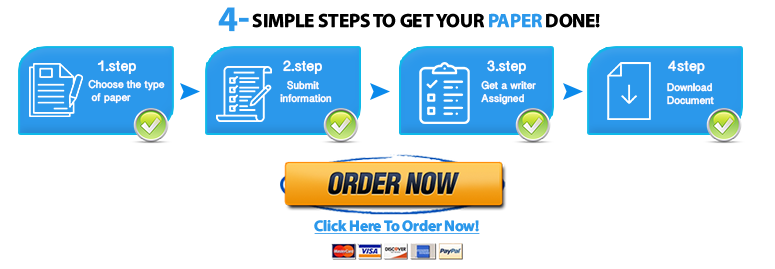Knowledge Assessment
Knowledge Assessment
One common way to understand test scores is to compare them to the scores from a sample of people representing the larger population. For instance, if you administered a test of math skills to a large random sample of adults in the United States, you could find the average, or mean, score. This would make your test more useful, because any individual who completed it could see whether his or her score was above average, average, or below average with respect to math ability as measured by the mean score from the overall population sample.
You could also compute the standard deviation of scores in your sample. This would tell you how far, on average, the scores are (or deviate) from the mean (i.e., how spread out they are). Standard deviation scores are used to create standardized scores, which can be used to show exactly how far above or below the mean any person’s score is in standard deviation units (i.e., a score that is 1 standard deviation above the mean has a standard score of 1). For example, standard deviation can be used to provide a precise location of any one individual’s math score compared to the overall population.
Save your time - order a paper!
Get your paper written from scratch within the tight deadline. Our service is a reliable solution to all your troubles. Place an order on any task and we will take care of it. You won’t have to worry about the quality and deadlines
Order Paper NowClosely related to standard deviation is variance, which is the squared standard deviation or, more accurately, the mean of the squared deviation scores. Although not an intuitively useful number on its own, variance is used in many statistical procedures.
Correlation is another statistical concept that is crucial in psychometrics. Correlation tells you the strength and direction of the relationship between two variables, such as IQ and academic performance. This strength, or degree, can range from –1.00 to +1.00, with 0 indicating no relationship.
For this Knowledge Assessment, you use SPSS to calculate the mean, standard deviation, and variance of two variables, and also to compute the correlation coefficient between the two variables in this week’s dataset in the Learning Resources. To begin, open SPSS, click File>Open>Data and open the dataset.
The data file, which was collected over the Internet, shows the responses of 1,146 U.S. residents who answered questions about themselves and their spouse or romantic partner. You complete calculations using the variables INC1, the participant’s annual income, and INC2, the partner or spouse’s annual income.
QUESTION 1
- Find the mean partner’s income. Click ANALYZE>DESCRIPTIVE STATISTICS>DESCRIPTIVES. Move INC2 into the variable box and click “OK.” The mean participant income is:
| a. | $36,475 | |
| b. | $52,418 | |
| c. | $45,486 | |
| d. | $38,602 |
QUESTION 2
- Find the standard deviation of income for participants. You will see it as part of the output for question 1. The standard deviation of the participant’s partner’s income is:
| a. | $45,415 | |
| b. | $35,218 | |
| c. | $50,112 | |
| d. | $5,112 |
QUESTION 3
- 3. The variance of the participant’s partner’s income is:
| a. | 1 Billion | |
| b. | 2.1 Billion | |
| c. | 201 | |
| d. | 172 |
QUESTION 4
- Find the correlation between participant income and spouse income. Click ANALYZE>CORRELATE>BIVARIATE. Move INC1 and INC2 into the variable box and click “OK.” The correlation is:
| a. | .017 | |
| b. | .344 | |
| c. | .450 | |
| d. | .687 |
"Looking for a Similar Assignment? Order now and Get 10% Discount! Use Code "Newclient"




